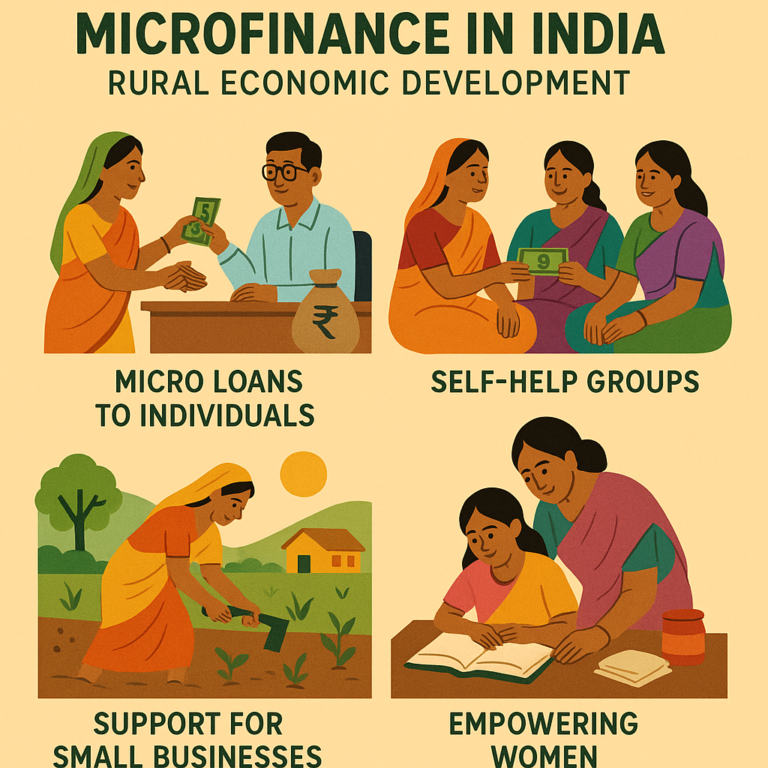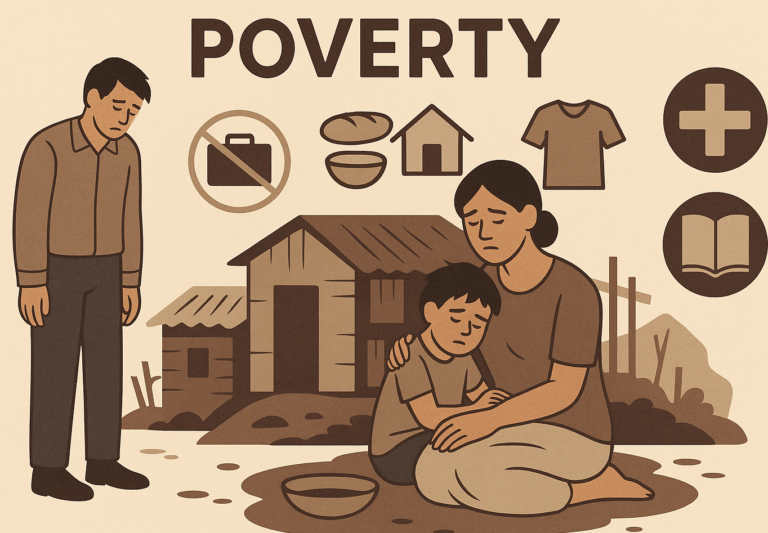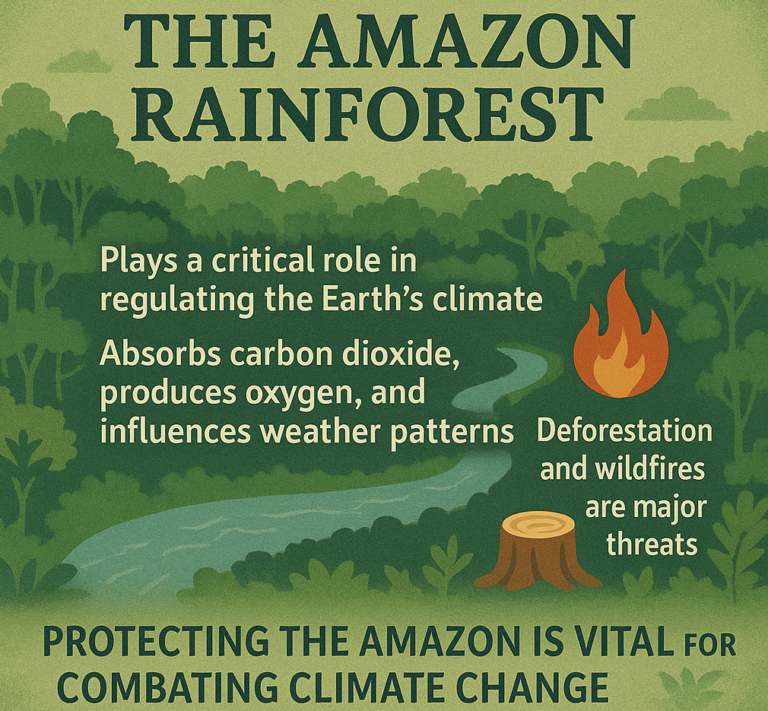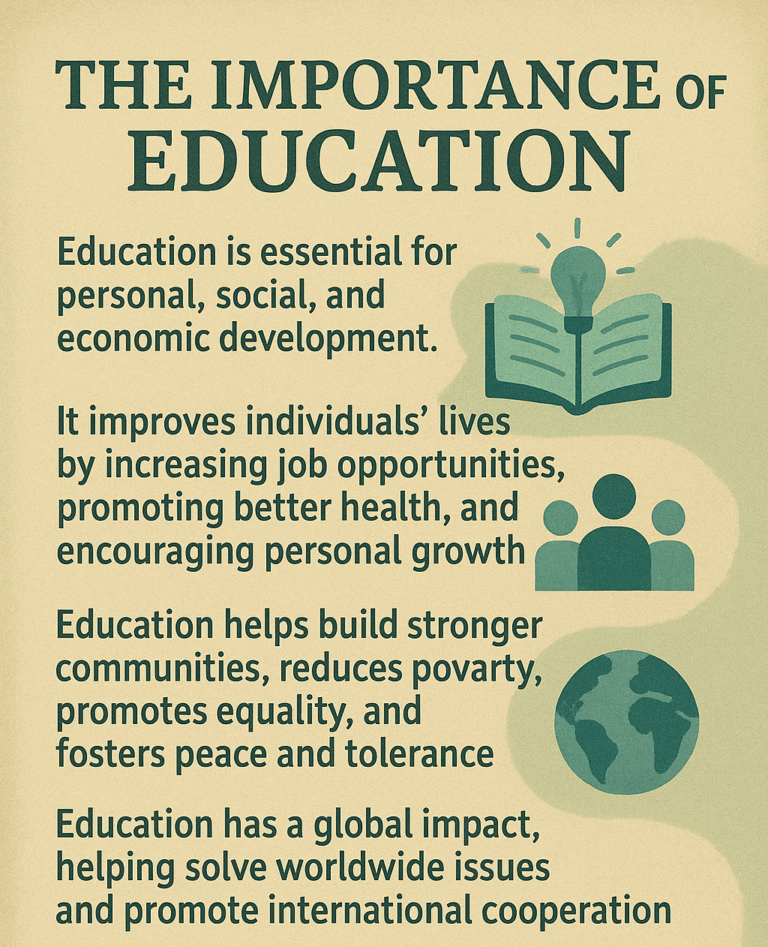Human Diseases and Conditions, Medical Innovations and Technologies, and Vaccines and Immunization. Each of these plays a big role in how we understand health, treat diseases, and protect ourselves from illness.

1. Human Diseases and Conditions
What Are Human Diseases and Conditions?
Human diseases and conditions are health problems that can affect the body or mind. They can be caused by different factors like infections, lifestyle choices, genetics, or environmental factors. Some diseases are short-term, while others can last for years or even a lifetime.
Types of Diseases and Conditions:
- Infectious Diseases: These are caused by harmful microorganisms like bacteria, viruses, or fungi. Examples include:
- Flu: Caused by a virus and spreads through the air when someone coughs or sneezes.
- COVID-19: Caused by the coronavirus, it can lead to symptoms like fever, coughing, and difficulty breathing.
- Tuberculosis: A bacterial infection that mainly affects the lungs.
- Chronic Diseases: These are long-lasting conditions that can’t be fully cured but can be managed. Examples include:
- Diabetes: A condition where the body has trouble controlling blood sugar.
- Heart Disease: Problems with the heart, like heart attacks or heart failure.
- Asthma: A condition where the airways in the lungs get inflamed, making it hard to breathe.
- Mental Health Disorders: These affect the way a person thinks, feels, and behaves. Examples include:
- Depression: Feeling sad, hopeless, or losing interest in activities.
- Anxiety: Feeling worried, nervous, or fearful for no clear reason.
- Genetic Diseases: These are inherited from your parents through genes. Some common examples are:
- Cystic Fibrosis: A genetic disorder that affects the lungs and digestive system.
- Sickle Cell Anemia: A blood disorder that affects the shape of red blood cells.
Understanding diseases and conditions helps doctors provide the right treatments and helps people make better health choices.
2. Medical Innovations and Technologies
What Are Medical Innovations and Technologies?
Medical innovations and technologies refer to new tools, treatments, and methods that help doctors and healthcare professionals treat patients, diagnose diseases, and improve health outcomes. These innovations make healthcare better and more accessible.
Examples of Medical Innovations:
- Medical Imaging: Tools like X-rays, MRI (Magnetic Resonance Imaging), and CT scans allow doctors to see inside the body to detect problems like broken bones, tumors, or internal bleeding without surgery.
- Robotic Surgery: Robots are used in some surgeries to help doctors perform precise operations with smaller incisions, leading to quicker recovery times and less pain for patients.
- Telemedicine: This technology allows patients to consult with doctors via video calls, phone calls, or online messaging, making healthcare more accessible, especially in rural areas or for people who can’t leave their homes.
- Gene Therapy: This cutting-edge treatment involves altering a person’s genes to cure or treat diseases like genetic disorders (for example, cystic fibrosis or some types of cancer).
- Wearable Devices: Devices like smartwatches or fitness trackers that monitor your health by tracking things like heart rate, steps, and even blood pressure, helping doctors keep an eye on your health in real-time.
These innovations have transformed healthcare, making treatments more effective, reducing recovery times, and improving quality of life for patients.
3. Vaccines and Immunization
What Are Vaccines and Immunization?
Vaccines are special medicines that help protect people from getting sick. They work by teaching the immune system how to fight off specific infections. Immunization is the process of getting vaccinated to build protection against diseases.
How Do Vaccines Work?
When a person gets a vaccine, it contains a tiny piece of the virus or bacteria that causes the disease (this can be a dead or weakened form of the germ). This does not make you sick, but it helps the body recognize and fight the real disease if you are exposed to it in the future.
Once your body’s immune system learns to fight off that specific infection, it remembers how to protect you. This means if you encounter that disease again, your immune system can act quickly and prevent you from getting sick.
Why Are Vaccines Important?
Vaccines are one of the most important public health tools. They help prevent diseases and can even eradicate diseases. For example:
- Smallpox: A deadly disease that killed millions was completely wiped out thanks to the global use of vaccines.
- Polio: A disease that causes paralysis can now be almost completely prevented through vaccination.
Vaccines are not just for individuals but also help protect entire communities. This is called herd immunity, where the more people who are vaccinated, the harder it is for diseases to spread, protecting those who can’t get vaccinated (like babies or people with certain health conditions).
Common Vaccines:
- MMR Vaccine: Protects against measles, mumps, and rubella.
- Flu Vaccine: Helps protect against the seasonal flu.
- COVID-19 Vaccine: Protects against the coronavirus and has been crucial in reducing illness and death during the pandemic.
- HPV Vaccine: Protects against human papillomavirus, which can lead to certain cancers.
The Benefits of Vaccines and Immunization:
- Prevent Disease: Vaccines help stop the spread of dangerous diseases like polio, measles, and flu.
- Save Lives: Vaccines save millions of lives every year by preventing severe illness and death.
- Lower Healthcare Costs: By preventing diseases, vaccines reduce the need for expensive medical treatments and hospital visits.
- Promote Global Health: Vaccination campaigns around the world have led to the control and eradication of several deadly diseases.
Why Are These Topics Important?
- Human Diseases and Conditions: Understanding diseases helps us stay healthy, get proper treatment, and prevent illness.
- Medical Innovations and Technologies: Advances in medicine improve the quality of care, making it easier for doctors to diagnose and treat diseases.
- Vaccines and Immunization: Vaccines protect individuals and communities, preventing the spread of deadly diseases and saving millions of lives.
By learning about these areas, we can make better health decisions, support medical research, and ensure the safety and well-being of ourselves and others.
Summary:
- Human Diseases and Conditions cover all the health problems people can experience, from infections to chronic conditions like diabetes.
- Medical Innovations and Technologies include things like medical imaging, robotic surgery, and wearable devices that make healthcare more effective.
- Vaccines and Immunization are crucial in protecting us from diseases and preventing the spread of dangerous infections, saving lives worldwide.
These are the building blocks of modern healthcare and crucial for improving life expectancy and quality of life globally.








